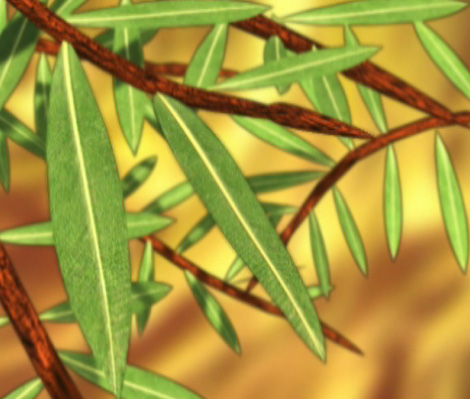Cells and water
Adapting to water availability
Water is essential to life on Earth. Trees have had to adapt to this capricious mistress and its uncertain availability. Mangroves, for example, grow with their feet in the water. The problem for them isn't quantity, but quality, for they are standing in saltwater. Some mangroves have special glands that excrete the salt their roots absorb, so as not to poison themselves. In one side and out the other! European black alders, for their part, like to grow near shorelines, in very wet sites. Their wood is rot proof, since what would be the point of having so much water if the cells just rotted away? Humans have taken advantage of this adaptation, in fact, for much of Venice is built on black alder pilings.
When water is scarce
Trees adapted to arid environments, known as xerophytes (A plant adapted to dry conditions.), face a completely different challenge. They have to limit their water losses. They have their own integrated water meters and have to be careful not to lose too much through transpiration. The cells in the leaves on a tree in an arid environment may be arranged to save water. That is the case for an oleander, which grows in a Mediterranean climate with hot, dry summers.





